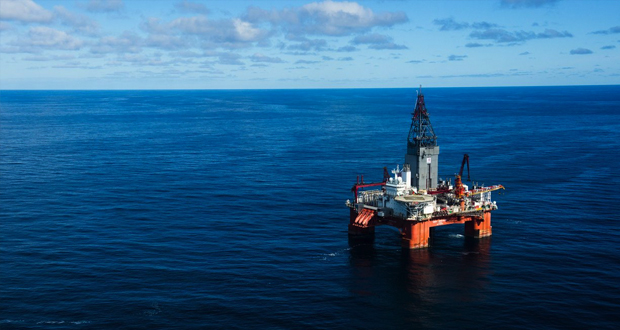Subsea7 awarded contract offshore Norway

Subsea7 announced the award of a contract by Equinor relating to the Fram Sør development project, offshore Norway. Engineering and project management will begin immediately, and offshore installation activities are expected in 2026, 2027 and 2028.
The project work scope covers engineering, procurement, construction and installation (EPCI) of subsea structures and flowlines including 53 km of production, gas lift and water injection lines. The scope also includes installation of the umbilical system. It follows the award on 9 January 2025 of a contract for front-end engineering and design that finalized the technical definition of the development.
The Fram Sør area is located 10-30 km north of the Equinor-operated Troll C platform, approximately 70 km north-west of Bergen. The Fram Sør project will be connected to the existing Fram and Troll C infrastructure.




